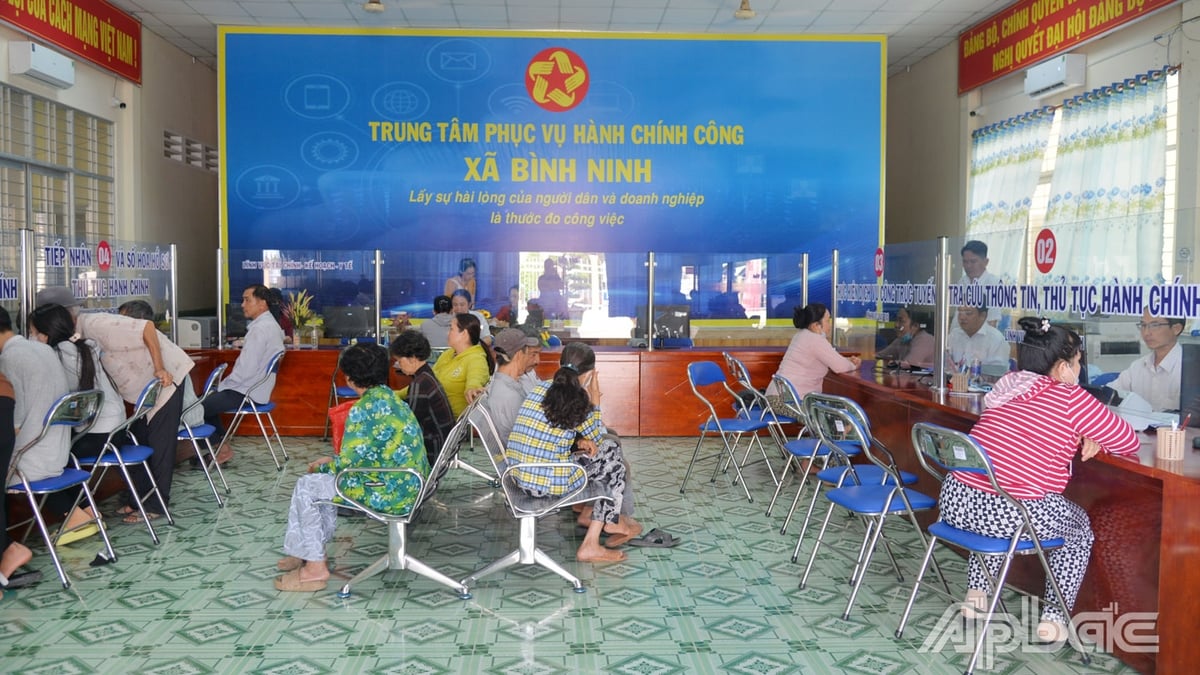
The State Bank of Vietnam has issued regulations on capital safety ratios for commercial banks and foreign bank branches.
Organizational structure and operation of capital adequacy ratio management
The organizational structure and operation of capital adequacy ratio management are prescribed as follows:
Capital adequacy management activities:
The Board of Directors, Board of Members (for commercial banks) or General Director (Director) (for foreign bank branches) shall: Issue internal regulations on compliance with the bank's minimum capital adequacy ratio in accordance with the needs, characteristics, level of risk in operations, business cycles, ability to adapt to risks and business strategies of the bank; in accordance with this Circular and relevant legal provisions; supervise the General Director (Director) (for commercial banks) in implementing capital adequacy ratio management.
The General Director (Director) shall: Develop and submit to the Board of Directors and Board of Members (for commercial banks) for promulgation internal regulations on compliance with the minimum capital adequacy ratio; manage the capital adequacy ratio to ensure compliance with internal regulations; supervise individuals and departments performing the function of managing the capital adequacy ratio.
There are individuals and departments performing the function of managing capital safety ratio, submitting to the General Director (Director) to report to the Board of Directors, Board of Members (for commercial banks) or submitting to the General Director (Director) (for foreign bank branches) according to internal regulations on compliance with the minimum capital safety ratio of the bank in accordance with this Circular and relevant legal provisions.
According to the Circular, the Board of Supervisors of commercial banks must supervise the compliance with the regulations on capital safety ratio in this Circular.
The bank's internal audit conducts independent and objective reviews and assessments of the adequacy and compliance with internal regulations on capital adequacy management of the bank.
Capital Adequacy Ratio
The capital adequacy ratios are determined as follows:
Formula for determining core tier 1 capital ratio:
Core Tier 1 Capital Ratio | = | Tier 1 Core Capital |
RWA + 12.5 x (K OR + K MR ) |
Formula for determining Tier 1 capital ratio:
Tier 1 capital ratio | = | Tier 1 capital |
RWA + 12.5 x (K OR + K MR ) |
Formula for determining capital adequacy ratio:
Capital Adequacy Ratio | = | Equity |
RWA + 12.5 x (K OR + K MR ) |
The Circular clearly states that banks must maintain the following capital adequacy ratio:
Commercial banks without subsidiaries or foreign bank branches must maintain separate capital adequacy ratios.
Commercial banks with subsidiaries must maintain individual capital adequacy ratios and consolidated capital adequacy ratios.
When calculating the consolidated capital adequacy ratio: In case a commercial bank has a subsidiary that is an enterprise operating under the Law on Insurance Business, the commercial bank shall not consolidate this subsidiary according to the consolidation principle of the law on accounting and financial reporting for credit institutions. Total assets with credit risk, capital requirements for operational risk, capital requirements for market risk shall be calculated based on the data of the commercial bank and its subsidiary according to the provisions of this Circular. In particular, the commercial bank must apply the standard method to calculate the assets with credit risk of the subsidiary.
Commercial banks without subsidiaries or foreign bank branches must maintain the following individual capital adequacy ratios: Core capital ratio of at least 4.5%; Tier 1 capital ratio of at least 6%; Minimum capital adequacy ratio of 8%.
A commercial bank with subsidiaries must maintain the following individual capital adequacy ratios and consolidated capital adequacy ratios: Core Tier 1 capital ratio of at least 4.5%; Tier 1 capital ratio of at least 6%; and minimum capital adequacy ratio of 8%.
Capital preservation buffer ratio
In addition to the mandatory ratios required by the above regulations, banks shall implement the capital conservation buffer (CCB) ratio as follows:
The capital conservation buffer (CCB) ratio is the portion of core capital tier 1 remaining after the bank fully meets the capital adequacy ratios (including core capital tier 1 ratio, tier 1 capital ratio and capital adequacy ratio).
The bank is only allowed to distribute the remaining profit as decided by the bank according to the provisions of law on cash financial regime when maintaining compliance with all the following annual ratios:
Time apply from Proportion | Year One | Second year | Third year | Fourth year onwards |
CCB | 0.625% | 1.25% | 1.875% | 2.5% |
Core Tier 1 Capital (including CCB) | 5.125% | 5.75% | 6.375% | 7% |
Tier 1 capital (including CCB) | 6.625% | 7.25% | 7.875% | 8.5% |
CAR (including CCB) | 8.625% | 9.25% | 9.875% | 10.5% |
Countercyclical capital buffer ratio
In addition to the above prescribed ratios, banks shall implement the Countercyclical capital buffer (CCyB) ratio as follows:
The countercyclical capital buffer ratio is the portion of core tier 1 capital remaining after the bank fully meets the capital adequacy ratios (including core tier 1 capital ratio, tier 1 capital ratio, capital adequacy ratio and CCB (if any)).
The Governor of the State Bank decides to apply a specific CCyB rate ranging from 0% to 2.5% as necessary in each period.
For items in foreign currency and gold, the bank converts to Vietnamese Dong when calculating the capital safety ratio as follows:
Perform accounting on foreign currency accounts according to the provisions of law on accounting account systems.
For foreign exchange risks, the exchange rate to Vietnamese Dong is implemented as follows:
In case the date for calculating the capital safety ratio is not the last working day of the month, quarter or year, the exchange rate converted to Vietnamese Dong is the accounting exchange rate according to the State Bank's regulations on the accounting account system of credit institutions.
In case the date for calculating the capital safety ratio is the last working day of the month, quarter or year: For banks using Vietnamese Dong as their accounting currency, the exchange rate to Vietnamese Dong is the exchange rate when preparing the monthly, quarterly or yearly accounting balance sheet according to the State Bank's regulations on the accounting account system of credit institutions. For banks using foreign currency as their accounting currency, the exchange rate to Vietnamese Dong is the exchange rate applied to convert financial statements prepared in foreign currency into Vietnamese Dong according to the State Bank's regulations on the financial reporting regime for credit institutions.
For gold price is done as follows:
For commercial banks with gold trading activities, the bank uses the bank's listed selling price at the end of the reporting day.
For banks that do not trade in gold, the bank uses the selling price listing of the enterprise or credit institution that owns the gold trademark at the end of the reporting day.
In case the reporting date is not a working day, the bank applies the exchange rate and gold price of the previous working day.
The Circular clearly states that, based on the results of inspection, examination and supervision of banks, in case of necessity to ensure safety in banking operations, depending on the nature and level of risk, the State Bank shall consider: Requiring banks to maintain a capital safety ratio higher than the level prescribed in this Circular; deciding to apply the capital buffer ratio to systemically important commercial banks in each period.
This Circular takes effect from September 15, 2025 .
Wisdom
Source: https://baochinhphu.vn/ty-le-an-toan-von-voi-ngan-hang-thuong-mai-chi-nhanh-ngan-hang-nuoc-ngoai-102250718105551891.htm




































































































Comment (0)